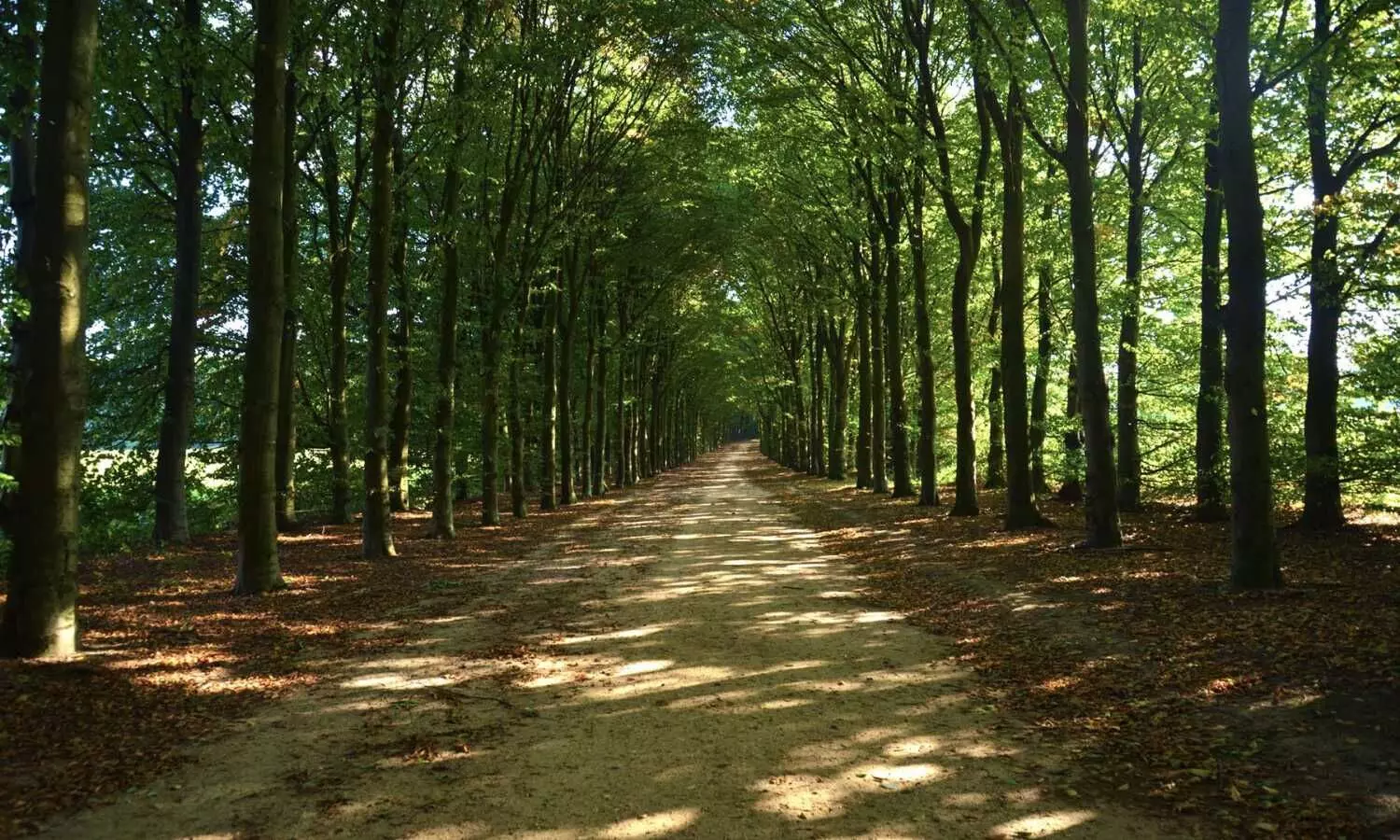Expanding Urban Greenery Could Prevent Over 1.1 Million Heat-Related Deaths: Study

New Delhi: In light of rising global temperatures and increasing heat-related fatalities, a new study suggests that expanding urban vegetation cover by 30% could potentially prevent over one-third of heat-related deaths, saving as many as 1.16 million lives globally.
The research, conducted by scientists at Monash University in Australia, demonstrated that enhancing green cover by 10%, 20%, and 30% could lower the average warm-season temperature adjusted for population by 0.08°C, 0.14°C, and 0.19°C, respectively. These reductions in temperature could correspondingly prevent 0.86 million, 1.02 million, and 1.16 million deaths.
Although increasing green space has long been considered a strategy to reduce heat-related mortality, lead researcher Professor Yuming Guo noted that this is the first modelling study to evaluate both the cooling and health-modifying effects of vegetation, offering a more holistic view of its life-saving potential.
Published in The Lancet Planetary Health, the study analyzed data from over 11,000 urban areas worldwide between 2000 and 2019. The most significant benefits were observed in Southern Asia, Eastern Europe, and Eastern Asia, where urban greening had the greatest impact on reducing heat-related deaths.
“These findings indicate that preserving and expanding greenness might be potential strategies to lower temperature and mitigate the health impacts of heat exposure,” Guo said.
Heat exposure poses a significant and growing public health risk, largely driven by climate change. From 2000 to 2019, it was linked to approximately 500,000 deaths annually, representing about 0.91% of all global deaths during that period.
According to Guo, estimates of heat-related deaths are projected to range from 2.5 per cent in North Europe to 16.7 per cent in South-East Asia during 2090-99, “under the most extreme global warming scenarios.”
Research indicates that increased greenery helps cool the environment by shading surfaces, reflecting sunlight, and promoting evapotranspiration—the release of moisture from soil and plants which enhances air circulation.
These processes collectively lower ambient temperatures, thereby reducing population heat exposure and decreasing heat-related deaths.
Moreover, the researchers noted that green spaces may also positively influence other factors linked to public health, including improved mental well-being, greater social interaction, increased physical activity, and reduced air pollution.
Next Story


